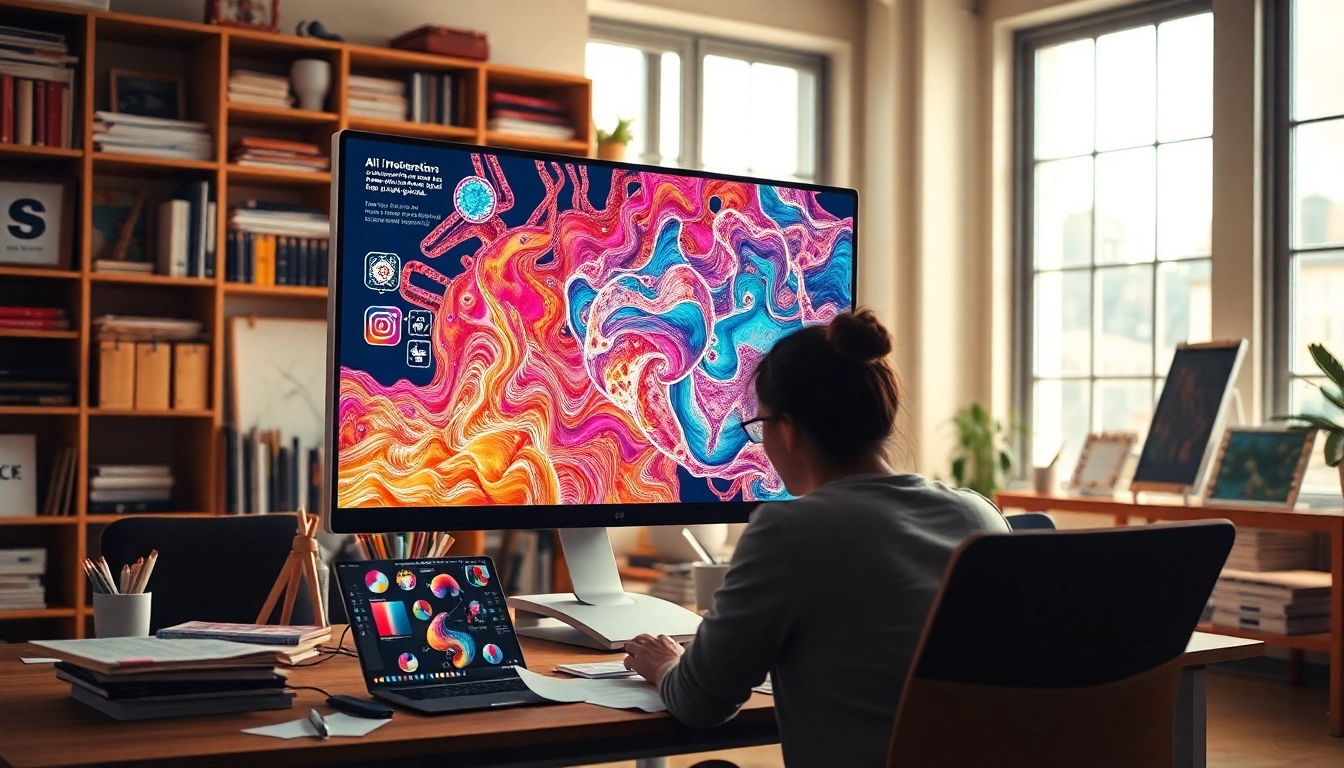Understanding Android Digital Signage Player Technology
Digital signage has transformed how businesses communicate with their audiences, using dynamic screens to convey messages, advertising, and important information. Central to this technology is the Android digital signage player, which serves as a versatile medium for delivering content. This article delves into its functionalities, advantages, and how to effectively implement it in various business settings.
What is an Android digital signage player?
An Android digital signage player is a device that enables digital signage applications capable of running on Android operating systems. These players can range from mini PCs and dedicated media players to Android sticks and tablets. By connecting to displays, these devices allow users to showcase multimedia content seamlessly across various locations.
Components of an Android digital signage player
The architecture of an Android digital signage player typically includes the following components:
- Hardware: The physical device, which may consist of a box, stick, or Android-compatible tablet.
- Software: The application installed on the hardware, facilitating content management and playback.
- Networking capabilities: Ability to connect to the internet via Wi-Fi or Ethernet for real-time content updates.
- Storage: Internal or external memory where content is stored for playback.
How Android digital signage players work
These players leverage the Android operating system to run applications that fetch, manage, and display various types of content. Users can create or upload content through a content management system (CMS), and the player retrieves this data, which may include videos, images, or streaming media, for display on connected screens. The user can schedule when and where the content appears, allowing for tailored messaging that meets the target audience’s needs.
Benefits of Using an Android Digital Signage Player
Cost-effectiveness and scalability
One of the primary advantages of using an Android digital signage player is its cost-effectiveness. Generally, they are less expensive than proprietary solutions and provide flexibility that is particularly beneficial to small and midsize businesses. Moreover, scalability is easily achievable. Organizations can start with a few units and expand as their needs grow without needing to invest in entirely new systems.
Flexibility in content management
Android digital signage players offer users an unparalleled level of flexibility in content management. Content can be updated remotely, allowing for quick changes based on the latest promotional needs or events. Furthermore, the ability to support various formats – including HD videos, images, social media feeds, and live weather updates – ensures that the displays remain engaging and relevant to viewers.
Ease of integration with existing systems
Another notable benefit is the ease of integration with existing systems. Many businesses already use Android-based devices, meaning they can leverage equipment they already own. These players can interface with various data sources and applications, paving the way for effective cross-functionality with other business systems.
Choosing the Right Android Digital Signage Player
Key features to look for
When selecting an Android digital signage player, consider the following key features:
- Performance: Look for players with robust processing power and memory to handle high-definition content smoothly.
- Connectivity options: Ensure the device offers various connectivity options such as HDMI, USB, and Wi-Fi.
- Content management capabilities: The best players come with user-friendly interfaces and support for various content types.
- Remote management support: Features that allow centralized control and management of multiple devices are crucial for large organizations.
Comparison of popular models
It’s essential to compare different Android digital signage players based on the above features. Look for devices that excel in capabilities like 4K video support, ease of installation, and user reviews relating to reliability and performance. Conducting thorough research will ensure that the chosen device meets all operational needs.
Reviewing user feedback and performance
Don’t underestimate the value of user feedback. Understanding the experiences of other users can provide significant insights into how well a particular Android digital signage player performs in real-world applications. Platforms that aggregate user reviews can be beneficial in gauging reliability and potential issues.
Installing Your Android Digital Signage Player
Step-by-step installation guide
Installing your Android digital signage player can be straightforward when following these steps:
- Unpack your device. Ensure you have all necessary components, including power supply and cables.
- Connect to a display. Use a HDMI cable to connect the player to your monitor or TV.
- Power it on. Plug in the power adapter and turn on the device.
- Establish internet connections. Connect the device to Wi-Fi or use Ethernet for stable connectivity.
- Install the content management application. Follow the prompts to download and set up the required CMS.
- Upload your content. Use the CMS to upload and schedule your multimedia presentations.
Common pitfalls and how to avoid them
Some common pitfalls during installation include unreliable network connections, compatibility issues with display devices, and improper content format upload. To avoid these, always check device compatibility, ensure a reliable internet source, and verify that your content is in an acceptable format before uploading.
Troubleshooting installation issues
If installation issues arise, utilize some troubleshooting techniques, such as restarting the device, checking connections, and verifying compatibility settings. Community forums and support documentation can provide additional resources and advice for overcoming specific problems encountered during the setup process.
Measuring the Success of Your Android Digital Signage Player
Key performance indicators to track
To ascertain the effectiveness of your digital signage, monitor key performance indicators (KPIs) including:
- Viewer engagement: Analytics on how many viewers are interacting with the content.
- Content reach: How far and wide messages are being broadcast and to what demographics.
- Return on investment: Evaluate revenue or benefits generated compared to the costs associated with running the signage.
Analyzing viewer engagement metrics
Gaining insights into viewer behavior can help refine content strategies. Using tools that track viewer engagement can reveal what types of content gain the most interaction and at what times your displays attract the most attention, allowing for optimization of content deployment.
Optimizing content based on data insights
Leverage data insights to continually improve content quality and relevance. Regular analysis of viewer metrics can provide direction on what programming or messaging is effective and impact business objectives. By adjusting content strategically, businesses can maximize viewer retention and engagement.



